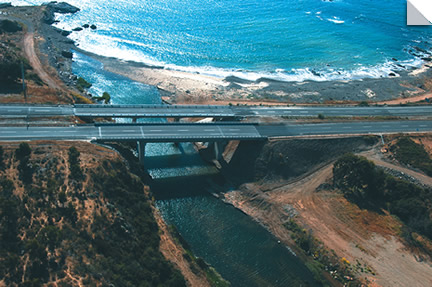The use of new technologies in the maintenance, conservation of corrosion damaged bridge infrastructure in Mexico
Keywords:
Concrete, corrosion, durability, bridges, Global Positioning Systems GISAbstract
This investigation presents the procedure within the National Plan of Bridge Corrosion Evaluation from the Mexican Ministry of Transport and Communications (SCT in Spanish), and the Mexican Transport Institute (IMT in Spanish). The first part of this Plan includes the evaluation from the corrosion point of view of about 6,500 federal government bridges within Mexico, and correlates the effect of the environment on bridge durability. This work also includes the inventory used and the process of discrimination to obtain the number of bridges that show corrosion degradation as a function of their geographical position. The discrimination analysis was performed with a Global Positioning System (GPS), which was used to locate using geographic coordinates each bridge of the inventory and correlate the environment in which the bridge is exposed, and the corrosion degradation. At the moment only 7% of the total 6,500 bridges of the inventory used showed some type of corrosion degradation. The bridges in this inventory with some corrosion damage are being inspected to obtain the pathology and determine the best way to repair them.


